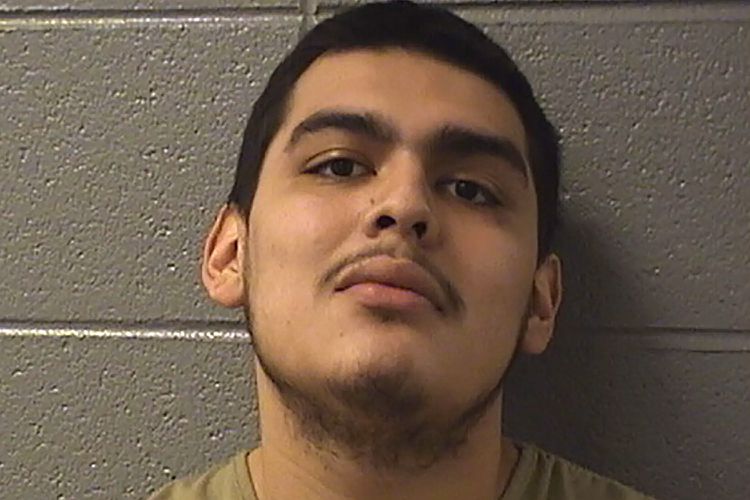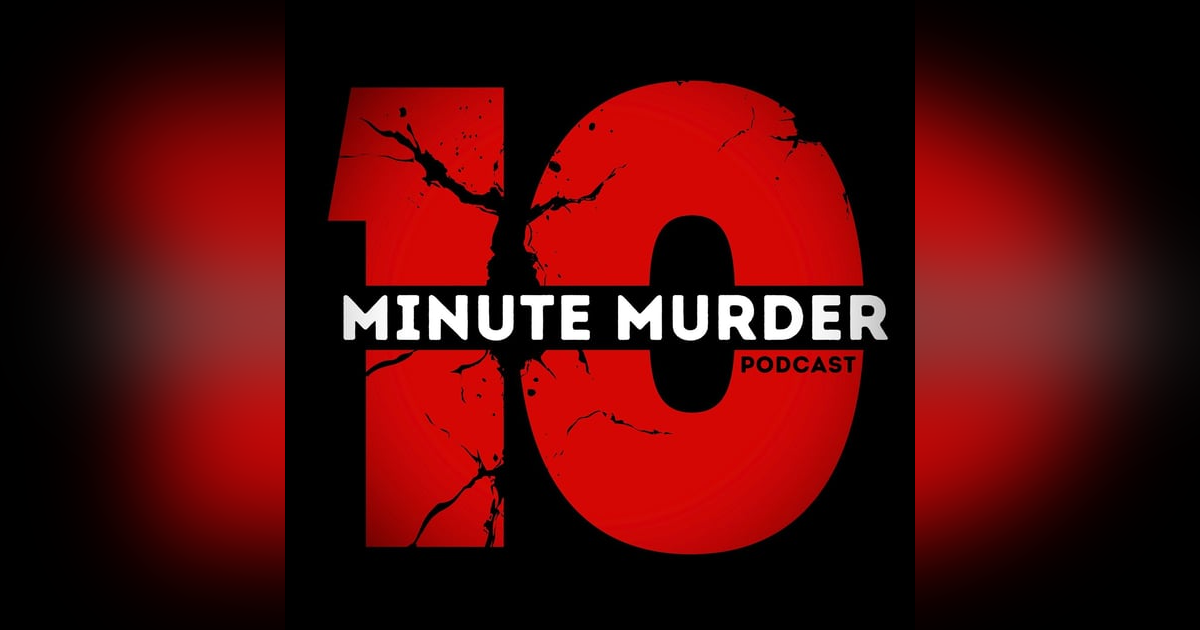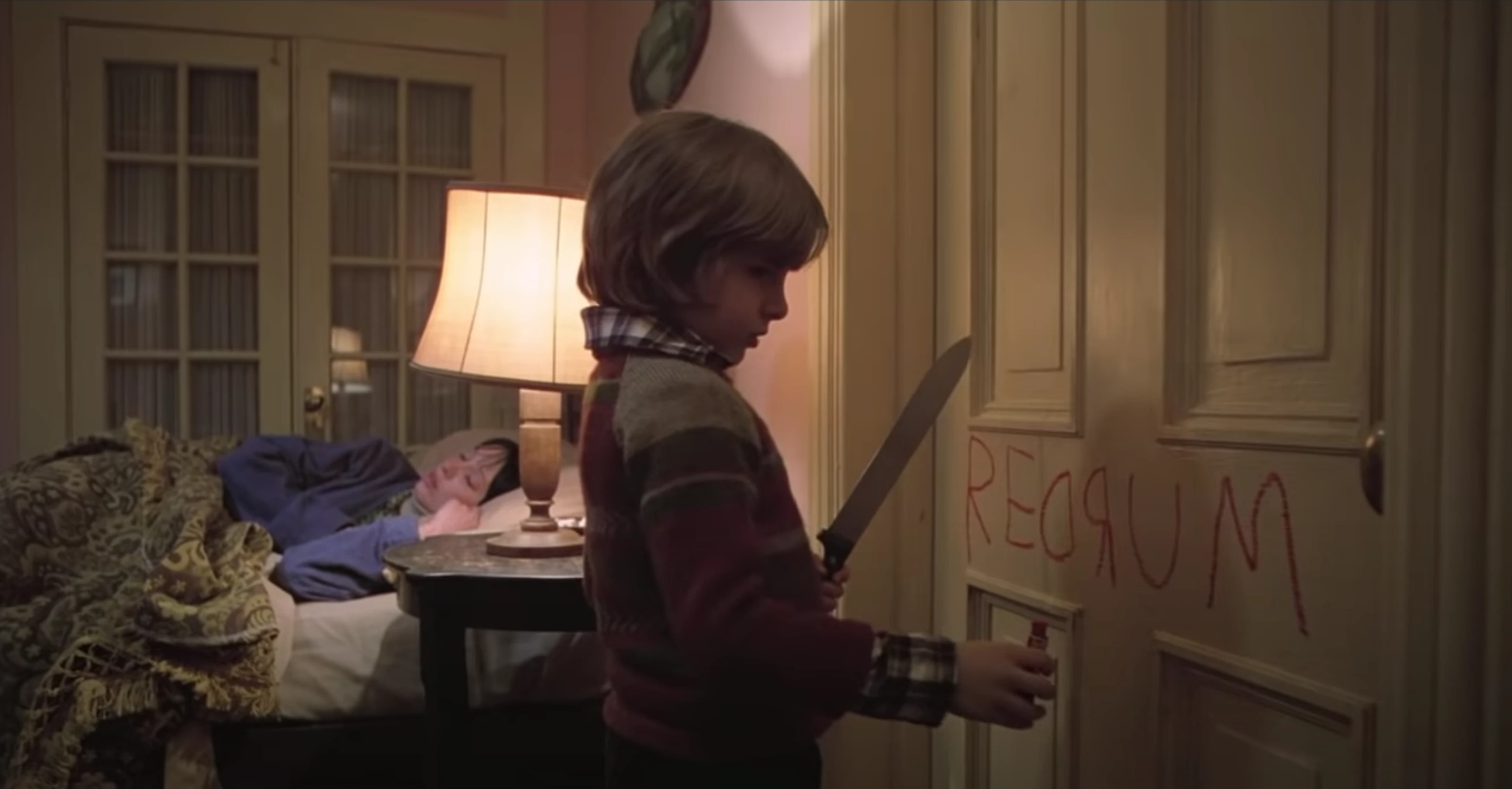Redrum Murder Case: Chicago Teen Charged in Six 2020 Deaths

A teenager with a backwards name for murder. Six lives taken in nine months. Three kids watching their father shot down while waiting for a puppy. This is the story of the allegations against Antonio Reyes, and the four-year investigation that prosecutors say connected the dots across Chicago's Southwest Side.
Redrum: The Antonio Reyes Case and Chicago's 2020 Southwest Side Murders
Chicago's Southwest Side has seen its share of violence. Gun crime. Gang beef. The kind of headlines that make people numb after a while. But 2020 brought something different to neighborhoods like Gage Park, Brighton Park, and Clearing. Something that made the everyday act of walking to a gas station, sitting in a parked car, or taking your kids to pick up a puppy feel suddenly, inexplicably dangerous.
Between March and November 2020, six people were killed in what authorities now say was a calculated series of murders. Antonio Reyes, who was only 16 and 17 years old during this time period, has been charged with these crimes. Court documents reveal that Reyes went by the street name "Redrum," which is murder spelled backwards. He has pleaded not guilty to all charges.
The element that makes this case particularly disturbing? Cook County State's Attorney Eileen O'Neill Burke told reporters that the victims appeared to be randomly selected. According to prosecutors, none of these people had ever met Antonio Reyes before. There was no beef, no history, no reason anyone could identify for why they became targets. That means no one was safe. Your neighbor, your brother, the guy getting a soda at the corner store. All potential targets.
When Random Violence Becomes a Pattern
Francisco Mangana was 31 years old. On March 2, 2020, he was shot and killed in the 2600 block of West 59th Street. Prosecutors state that Mangana had bought a pop from a gas station and was crossing the street when he was attacked. His sister, Bernice Mangana, said her brother was on his way home from work, walking to catch the bus, when he was killed by someone the family had never met or even seen before.
According to police reports, witnesses at the scene told investigators there were two shooters who fired at Mangana as he walked across West 59th Street near Washtenaw Avenue. Prosecutors allege that Antonio Reyes told a witness that gang members were being too passive about carrying out shootings, and said he was going with some Latin Saints to hunt Satan's Disciples. Francisco Mangana became the first victim in what would become a nine-month series of killings.
Just over a month later, on Palm Sunday 2020, 21-year-old Claudio Cossio was shot and killed in the 4100 block of South Sacramento Avenue. Family members said Cossio had no criminal background and no gang involvement. He was double-parked, waiting to pick up a friend to play basketball, when someone opened fire from a passing car on April 5, 2020. Cossio's obituary described him as a baseball enthusiast who left behind a young daughter. According to prosecutors, Reyes later reenacted how Cossio was shot in a video, bragging about the murder to associates.
A friend sitting in the car with Cossio survived the attack. That friend became one of four attempted murder charges filed against Reyes.
Sign up for the 10 Minute Murder newsletter.
The Youngest Victim
May 1, 2020. Damian Duran was only 16 years old when he was shot and killed in the 5200 block of South Homan Avenue. He was the youngest of all the victims. A kid. Someone who should have been worried about homework and prom and what college he wanted to attend. Instead, Damian became another name on a list that was growing longer with each passing month.
Less than two months later, on June 24, 2020, 26-year-old Luis Davalos Garcia was fatally shot in the 5800 block of South Rockwell Avenue. Four lives taken in four months. Four families destroyed. And nobody had connected the dots yet.
The thing about random violence is that it looks random. When there's no obvious pattern, no clear motive, no connection between victims, law enforcement treats each case as a separate incident. A gas station shooting. A car shooting. Another shooting in Gage Park. Just more violence in a city already drowning in gun crime statistics. The pattern was there, but it was invisible.
The Attack That Changed Everything
November 8, 2020. Jose Martinez was 31 years old and a father of three young children. That day, he was doing what millions of parents do: taking his kids on an errand that would make them happy. They were going to buy a puppy.
As Martinez sat in his vehicle with his three children, someone opened fire. The kids watched their father get shot. They were in the car during the attack, small bodies ducking and screaming as bullets shattered glass and metal. Martinez was wounded but survived initially. He died from his injuries months later.
The three children in that car each became attempted murder victims in the eyes of the law. Because when you fire into a vehicle containing three kids, you're not making a mistake. You're making a choice. The callousness of that act, the complete disregard for innocent life, became a cornerstone of the prosecution's case.
The very next day, November 9, 2020, a sixth victim was killed. A 20-year-old man was shot in the 4700 block of West 59th Street. Six murders in nine months. Four attempted murders. And Chicago police had Antonio Reyes in custody shortly after.
The Four-Year Wait for Charges
Here's where the timeline gets interesting. Reyes was arrested in late 2020, likely in connection with one of the shootings. But he wasn't charged with all six murders right away. In fact, the expanded charges linking him to the entire series of killings weren't filed until February 2025. That's more than four years later.
Why the delay? Because proving that separate murders months apart with no apparent connection are actually the work of one person requires serious forensic work. You need physical evidence that ties the cases together. And in shooting cases, that evidence usually comes down to one thing: ballistics.
Every firearm leaves unique microscopic markings on the bullets and shell casings it fires. These markings are like fingerprints for guns. When investigators recover shell casings from different crime scenes, they can compare those markings using advanced databases like the National Integrated Ballistic Information Network, known as NIBIN. If the markings match, you've got your link.
The fact that it took four years to file the comprehensive charges suggests investigators were painstakingly comparing evidence from each scene, building a case that would connect all six murders and four attempted murders to a single weapon. The prosecution's theory is that either they recovered the gun from Reyes when he was initially arrested, or they definitively linked him to the weapon through other evidence. That forensic connection turned six separate tragedies into a recognized serial murder case.
Cook County State's Attorney Eileen O'Neill Burke made the announcement in February 2025. She emphasized the randomness of the attacks and the extreme youth of the accused. Reyes was 17 when prosecutors say he began this pattern of violence. Think about that. Most 17-year-olds are learning to drive, stressing about SATs, figuring out who they want to take to prom. Antonio Reyes, according to prosecutors, was allegedly hunting people in his own neighborhood.
The Geography of the Crimes
Antonio Reyes lived in the 2700 block of South California Avenue, right in the heart of the Southwest Side. When you map out the murder locations, they form a pattern around his home address. West 59th Street. South Sacramento Avenue. South Homan Avenue. South Rockwell Avenue. All within a relatively small radius.
This is actually common in cases involving disorganized or opportunistic killers. They hunt in areas they know. Familiar streets where they can move easily, where they understand the rhythms of the neighborhood, where they know the escape routes. It's their comfort zone. And for the people living in those neighborhoods, that familiarity became a nightmare. Because the killer wasn't some outsider. He was someone who walked the same streets, maybe bought groceries at the same stores, breathed the same air.
The victims were predominantly Hispanic men, but authorities maintain this wasn't about targeting a specific demographic. It was about opportunity. Wrong place, wrong time, wrong person crossed paths with whoever pulled the trigger.
Allegations of Violence Behind Bars
Getting arrested didn't end the allegations of violence. While incarcerated at Cook County Jail, Reyes has been accused of attempting to kill his cellmate using a shank. That's a homemade weapon, usually a piece of metal sharpened into a blade. Additional charges were filed for this alleged jailhouse attack. Reyes has not been convicted of this charge.
This alleged incident matters for several reasons in how prosecutors are approaching the case. First, they argue it demonstrates a pattern of behavior. This wasn't someone who made one terrible mistake in a moment of rage, they contend. This was someone who, according to their theory, repeatedly chose violence in multiple settings over an extended period. Second, it shows that even in a controlled, maximum-security environment, Reyes allegedly posed a danger. That strengthens the prosecution's argument that he represents an ongoing threat to public safety regardless of where he is or who he's around.
From a psychological standpoint, the alleged jailhouse attack suggests someone with poor impulse control and a propensity for immediate aggression, according to the state's theory of the case. These aren't the characteristics of someone who can be easily rehabilitated, prosecutors will likely argue. These are the characteristics of someone who needs to be permanently separated from society.
The Legal Battle Ahead
In February 2025, when the expanded charges were finally filed, Antonio Reyes was 21 years old. He faces six counts of first-degree murder and four counts of attempted first-degree murder. That's ten felony counts total. At his arraignment, Reyes entered a plea of not guilty to all charges. He remains in custody without bond, awaiting trial.
The plea of not guilty means the defense will challenge the evidence. And in a case like this, where there's no obvious motive and the victims had no connection to the accused, the prosecution's case lives or dies on the strength of that ballistic evidence. Expect the defense to attack every aspect of the forensic analysis. They'll question the chain of custody. They'll challenge the scientific reliability of matches made years after the crimes occurred. They'll look for any weakness in the methodology.
The prosecution, meanwhile, will bring in expert witnesses to explain how ballistic matching works, why it's reliable, and why these specific markings conclusively link the crimes to a single weapon. They'll present testimony from survivors, including potentially the friend who was in the car with Claudio Cossio and the children who witnessed their father's shooting. They'll paint a picture of a young man who terrorized his own community for nine months, taking lives for reasons no one can understand.
Chicago Police Superintendent Larry Snelling addressed the charges publicly, stating that while it's not ordinary to see an individual like this, swift action must be taken when they do. He noted that the department now considers many of these cases closed. That statement serves a dual purpose. It reassures the community that the alleged source of the 2020 terror has been apprehended, and it signals confidence in the evidence gathered.
The Redrum Connection
Antonio Reyes allegedly chose the street name "Redrum," murder spelled backwards. It's almost cartoonishly obvious, like something from a horror movie. But there was nothing fictional about what happened on those Southwest Side streets in 2020.
Six people are dead. Francisco Mangana, who wanted a soda. Claudio Cossio, who was picking up a friend for basketball. Damian Duran, who was only 16. Luis Davalos Garcia, whose life was cut short at 26. Jose Martinez, who was buying a puppy for his kids. And a 20-year-old whose name hasn't been widely released but whose life mattered equally.
Four more people survived attacks but carry the trauma. A friend who watched Claudio die. Three children who watched their father get shot and then lost him months later anyway. These survivors will live with what they witnessed for the rest of their lives.
The families left behind are still searching for answers to a question that may not have one: Why? Why these specific people? Why random strangers? Prosecutors will attempt to answer some of these questions at trial, but the deeper question of motive may never be fully resolved.
The upcoming trial will determine Antonio Reyes's legal fate. If convicted on all counts, he faces natural life imprisonment. But regardless of the verdict, the damage is done. Six families are missing someone at the dinner table. Three kids grew up without their father. A community spent nine months living in fear, wondering who would be next.
What This Case Represents
The case against Antonio Reyes represents one of the most disturbing patterns of violence Chicago has seen in recent memory, made more unsettling by the age of the accused and the randomness of the alleged targets. The four-year investigation that connected these crimes showcases both the challenges and the power of modern forensic science. What initially appeared to be unrelated shootings in a city plagued by gun violence eventually revealed itself to investigators as something far more calculated and far more terrifying.
Justice delayed is justice denied, they say. But sometimes justice takes time. The families of the victims deserve answers. They deserve closure. They deserve to see accountability for the lives stolen in 2020. As this case moves through the Cook County court system, those families will finally have their day in court.
Antonio Reyes maintains his innocence and has pleaded not guilty to all charges. He is entitled to a fair trial and the presumption of innocence. The prosecution will need to prove beyond a reasonable doubt that he committed these crimes. The defense will have their opportunity to challenge the evidence and present their case. That's how our justice system works.
But for the families of Francisco Mangana, Claudio Cossio, Damian Duran, Luis Davalos Garcia, Jose Martinez, and the unnamed 20-year-old victim, the trial represents something more than legal procedure. It represents a chance for answers. A chance to understand what happened to their loved ones on those streets in 2020. And a chance to see someone held accountable for taking those lives awa





